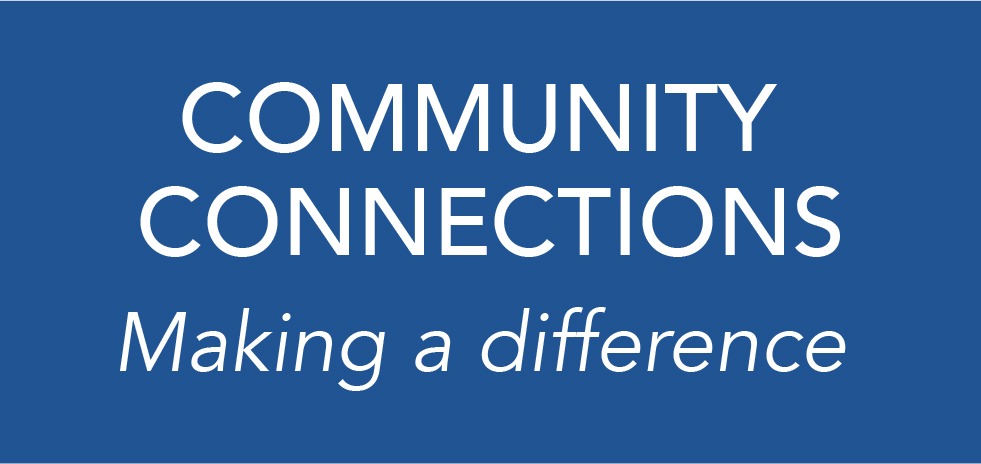

Corrective Exercise helps to re-align the body. Before I even put a program together for my clients, the very first thing I check for is body alignment. You certainly wouldn’t run your car out of alignment. Think of your body that way. Just like a car’s proper alignment helps everything run smoothly and efficiently, so does your body. If knees are slightly moving in towards the midline of the body when performing a squat, as trainers we need to work on correcting issues causing that muscular imbalance before we move on to exercise progressions. Most of the common muscular imbalances I see often are valgus knee (knees that cave in towards the midline in a squat or lunge) and rounding of the shoulders and thoracic spine or mid to upper back. Most clients won’t even realize they have muscular imbalances unless they feel pain in their knees, lower back, shoulders, or ankles. Then we figure out the exercises to correct these issues where something is out of alignment. This is where the assessments come in during the first initial meeting with the client. During an assessment is where we build rapport with the client and give them the education they need to work on correcting any imbalances they may have.
Typically for valgus knee to occur during a squat, the client’s inner thighs are shortened while the abductors, or outer thighs into the glute areas, are underworked. We then look to specific exercises focusing on those weaker areas to help strengthen those specific muscles. For example specifically valgus knee, we need to focus on strengthening the abductor muscles, outer hips, and glutes. These strengthening-specific exercises can consist of the abductor machine using resistance to help strengthen the outer gluteal muscles and hips, standing abductor with a loop band is another option, or lying on one side performing a clamshell taking the top leg up and lower down.

At the end of a session, we will then look to stretch the inner thighs specifically with valgus knee to lengthen those muscles in the adductors. We aim to hold these stretches for about 20-30 seconds which is a recommended amount of time to really lengthen those muscles that are very tight. After working on strengthening and lengthening those certain areas, we will then look to progress into a squat after a few sessions of working on corrective exercise. We will then address again any issues or make notes of any improvements the client has, and also look to add in myofascial release to work out tighter areas or knots to create more movement and range of motion.


































